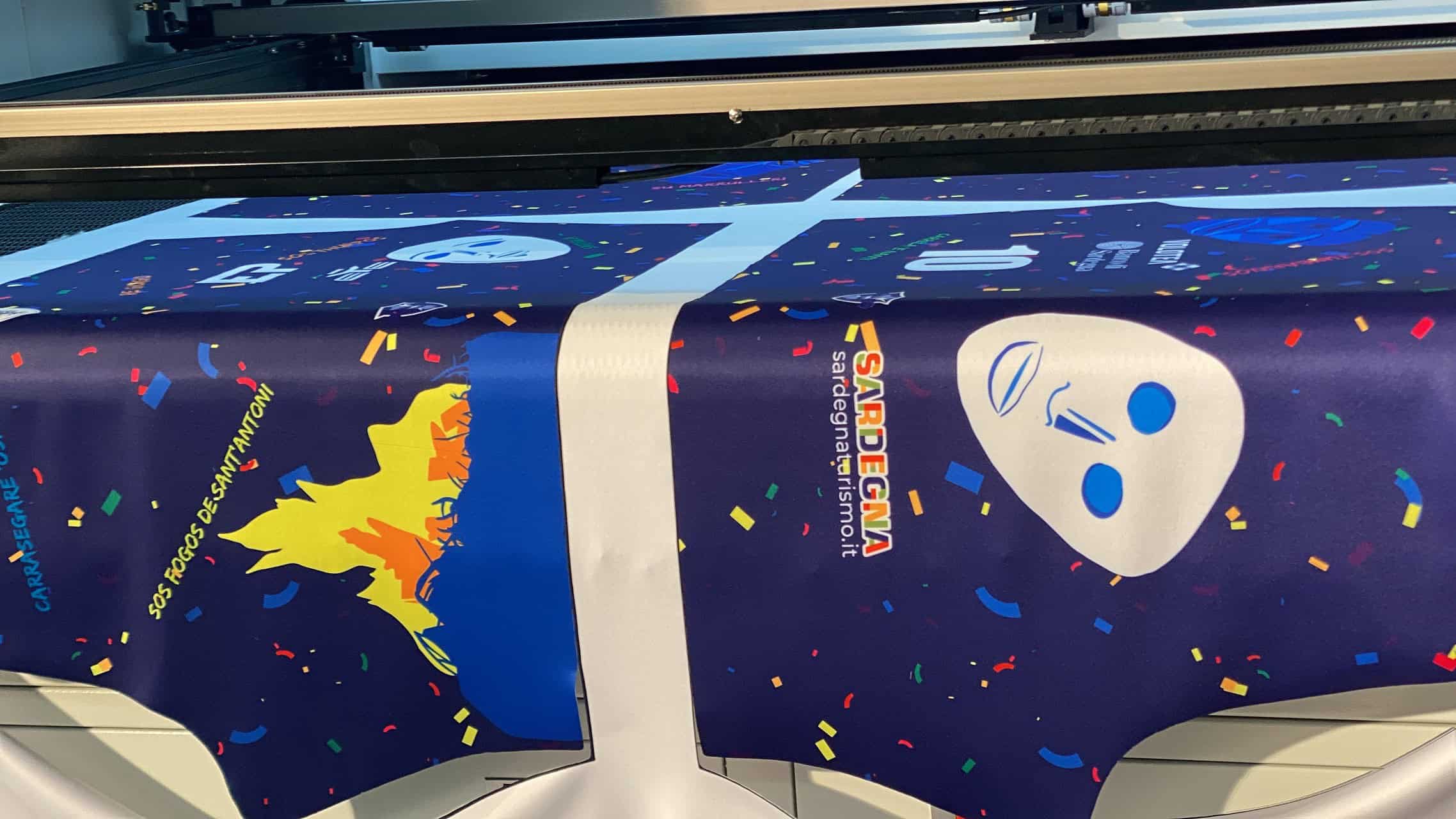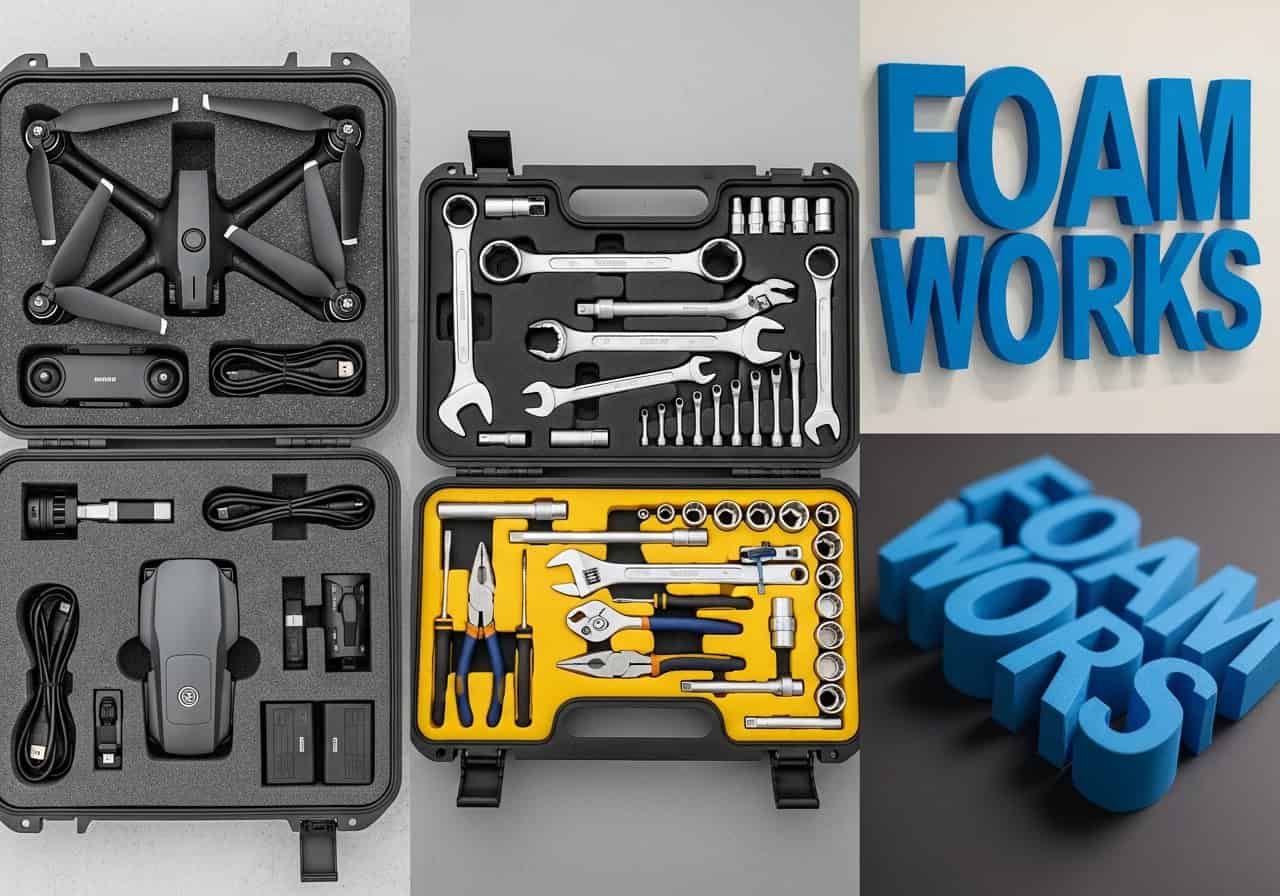Understanding CO2 Laser Tubes
CO2 laser tubes generate beams through gas ionization, with two common types:
| Type | Description |
|---|---|
| Glass Tubes | Affordable, versatile, but fragile with shorter lifespan (≈3,000 hours). |
| Metal Tubes | Durable, long-lasting, and low-maintenance, but higher purchasing cost. |
While metal tubes are more robust, this guide focuses on glass laser tubes, which require proactive care to meet industrial demands.
6 Proven Strategies to Extend Laser Tube Lifespan
1. Cooling System Maintenance
The cooling system prevents overheating and ensures stable operation. Neglect can lead to thermal stress, cracks, or tube failure.
Key Practices:
Monitor Coolant Levels: Maintain adequate coolant (distilled water + antifreeze) to avoid overheating.
Use Distilled Water: Prevent mineral buildup and corrosion; mix with antifreeze for subzero environments.
Winter Precautions:
Add antifreeze (e.g., ethylene glycol) when ambient temperatures drop below freezing.
Refer to 3 Methods to Protect Water Chillers for Laser Cutters for detailed guidance.
2. Optics Cleaning & Maintenance
Dirty mirrors or lenses degrade beam quality, forcing the tube to work harder and shortening its lifespan.
Protocols:
Routine Cleaning:
Use lint-free cloths and isopropyl alcohol (99%+) to clean mirrors and lenses.
Clean after exposure to dust, smoke, or debris.
Handle with Care: Avoid direct contact with optical surfaces to prevent oil contamination.
Video Tutorial: How to Clean & Install Laser Lens
3. Optimal Working Environment
Environmental factors directly impact laser tube stability.
| Parameter | Recommended Range |
|---|---|
| Temperature | 20–32°C (68–90°F); use HVAC systems if needed. |
| Humidity | 35–80% RH (non-condensing); 50% ideal. |
| Ambient Conditions | Avoid direct sunlight, humidity spikes, and dust. |
Warning: Operating outdoors or in unstable environments accelerates wear and failure risks.
4. Power Management & Usage Patterns
Consistent full-power operation stresses the tube, reducing lifespan by up to 40%.
Best Practices:
Operate at 80–90% Capacity: Reserve 10–20% power headroom for peak demands.
Schedule Cooling Breaks: Allow 15–30 minutes of downtime after 2–3 hours of continuous use.
Avoid Frequent Cycling: Rapid on/off switches strain the tube’s sealed seals; limit machine restarts.
5. Beam Alignment Checks
Misalignment causes uneven beam distribution, leading to localized wear and reduced precision.
Steps to Ensure Alignment:
1. Inspect After Relocation: Vibration during transport can disrupt alignment.
2. Use Diagnostic Tools: Employ alignment lasers or beam profilers for accuracy.
3. Immediate Correction: Address misalignment promptly to prevent permanent tube damage.
Guide: Laser Alignment for CO2 Cutting Machines
6. Select Reputable Suppliers & Brands
Quality components directly correlate with tube longevity. Trusted manufacturers include:
RECI (China)
Yongli (China)
SPT Laser (Germany)
SP Laser (Europe)
Coherent (USA)
Rofin (Germany)
Note: Source tubes from certified distributors to avoid counterfeit or low-grade products.
Expected Lifespan & Replacement Cycle
Average Lifespan: 2,500–3,500 operational hours (≈2–3 years under optimal conditions).
Replacement Indicator: Noticeable power drop (>15%), inconsistent cuts, or frequent arcing.
Final Recommendations
1. Preventive Maintenance: Schedule quarterly inspections of optics, cooling systems, and alignment.
2. Environmental Control: Invest in climate-controlled facilities for critical applications.
3. Operator Training: Ensure staff follow standardized protocols to minimize human error.
By implementing these strategies, you can extend tube lifespan by up to 50% while maintaining consistent cutting/engraving quality. For advanced diagnostics or custom solutions, consult your equipment supplier.







